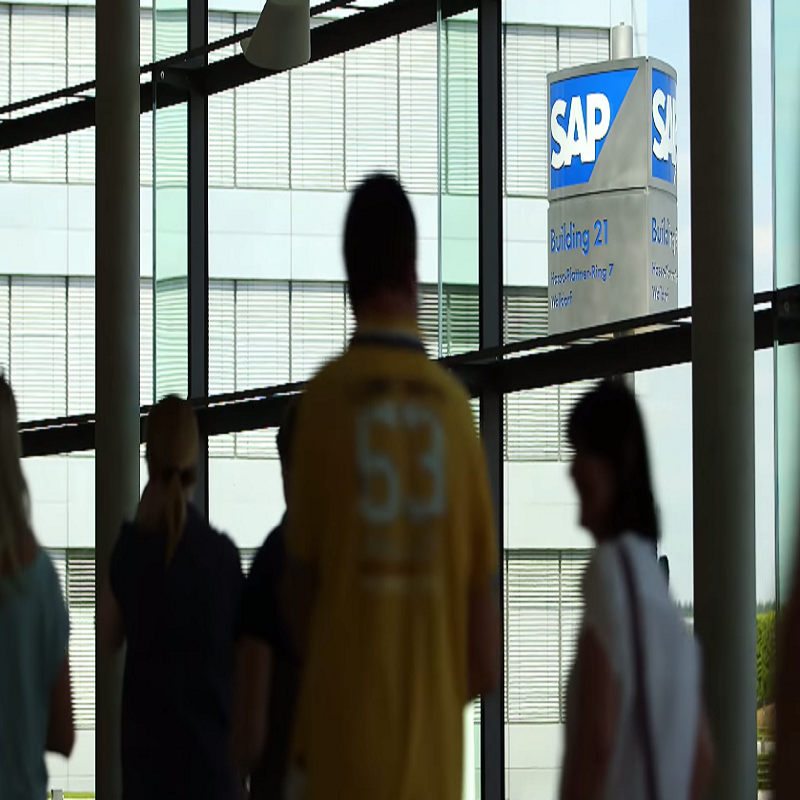RACONTEURPH
Stories worth sharing
Why ERP Can Be The Secret To Fueling A Recovery For Midsize Companies
POSTED BY: LIONELL Go MACAHILIG2020-05-20 06:42:16 PHT
Disruption, in general, is enough to compel midsize companies to make significant changes to their business processes across service, sales, marketing, finance, workforce management, and production planning. But when that “disruption” turns into a full-force global crisis, business leaders find themselves searching for ways to keep their business afloat and hold themselves together until signs of a rebound emerge.
At some point, though, a way forward must be mapped to ensure the business is on the right path toward recovery when better times come. But this time, returning to “business as usual” is no longer an option. New trends that require resilience, agility, and instant insight are accelerating, threatening established business practices that were designed primarily for scalability, automation, and cost savings.
The next wave of business innovation will not come from making existing processes faster. Instead, the focus will be on a company’s ability to act without delay, responding to unforeseen changes and coping with disruptions such as sudden shifts in regulations, unavailability of resources, supply shortages, and spikes in demand for products that were not considered mission-critical a week ago.
As challenging as this task may be, tomorrow’s most successful midsize companies are the ones that are planning now for the next wave of growth. That means understanding the needs of every business function, preparing for the risks of every twist and turn, and acting on every opportunity as it comes.
ERP helps set the foundation for the next normal
When dealing with the day to day of running a business, rarely does anyone stop and rehash how data is managed and shared. Yet, moments like this call for functional leaders to rethink how they react to change and evolve their operations and workforce – all with intelligence interwoven into their strategies.
A common approach is to replace mountains of spreadsheets and reports with a simplified business application that is suitable for current requirements, which is often a state of disruption. However, as the company starts its rise through recovery, that investment is likely limited in its ability to support expansion and information sharing throughout its value chain.
This tactic does not work because the business is not given the freedom to do what they do best – scale operations up and down as the markets fluctuate and pivot their focus to respond to customer demand. For this reason, cloud-based ERP is well-suited for midsize companies.
But don’t be fooled: ERP is not just a technology. It’s an enabler that helps businesses do the right things right. It's the center that connects every aspect of the value chain. Most of all, it’s the source of proactive insights and visibility that decision-makers need to navigate today, plan for tomorrow, and succeed for years to come.
Take, for example, Alcohol Siberian Group (ASG). The vodka manufacturer digitalized its end-to-end processes with a cloud-based ERP and business planning solution. This approach led to a transformation of data-driven decision-making, standardizing and automating workflows, logistics, order processing, supplier engagement, data management, and internal controls. And as processes and organizational structures became more unified and simplified, ASG has enhanced employee productivity using analytics to steer operational processes and risk management practices.
Distilling data to respond faster – no matter what happens next
Implementing an ERP solution in the cloud gives the end-to-end transparency that midsize companies need to know exactly how they are performing. They understand what’s happening in the background, which factors present an opportunity or risk, and where inventory is needed – 24 hours a day, seven days a week. Furthermore, they benefit from analytics capabilities that allows them to learn from the past, see the current business landscape, and look forward for the next strategic move.
Think about the possibilities of knowing what happens to the supply chain after a natural disaster, when will stock run out, or where signs of an economic surge are emerging. For times like this, this level of insight can become powerful whether surviving the next disruption, expanding into new markets, or accelerating growth.
This was first published in Forbes.
Visit the SAP News Center. Follow SAP on Twitter at @SAPNews.
.png)


